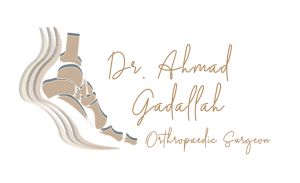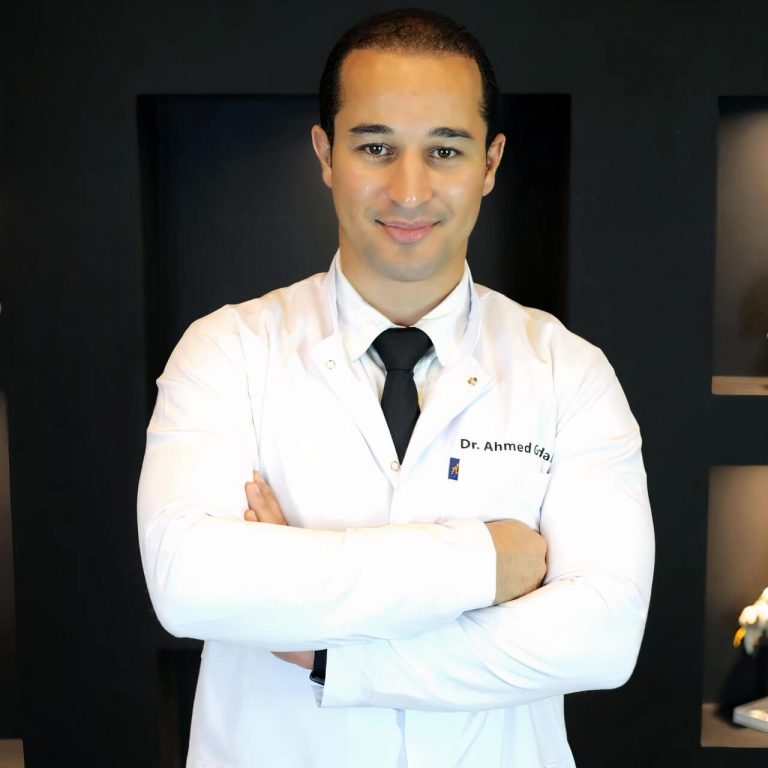What happens during arthroplasty surgery?
Arthroplasty surgery might be done while you are asleep under general anesthesia or while you are awake using spinal anesthesia. Each procedure may vary but the general process is the following:
- You will be asked to change your clothing to a gown.
- The surgeon might require the insertion of an intravenous (IV) line to your arm or hand.
- When you will be already on the operating table, a urinary catheter might be inserted as well.
- The anesthesiologist will continuously monitor your vital signs, such as your breathing, heart rate and blood pressure.
- The surgical site will be made more accessible by removing excessive hair and cleansed with antiseptic solution.
- The surgeon will make an incision, then repair or remove the damaged parts of the joint.
- The surgeon will close the incision by stiches or surgical staples, then apply a sterile bandage or dressing.






